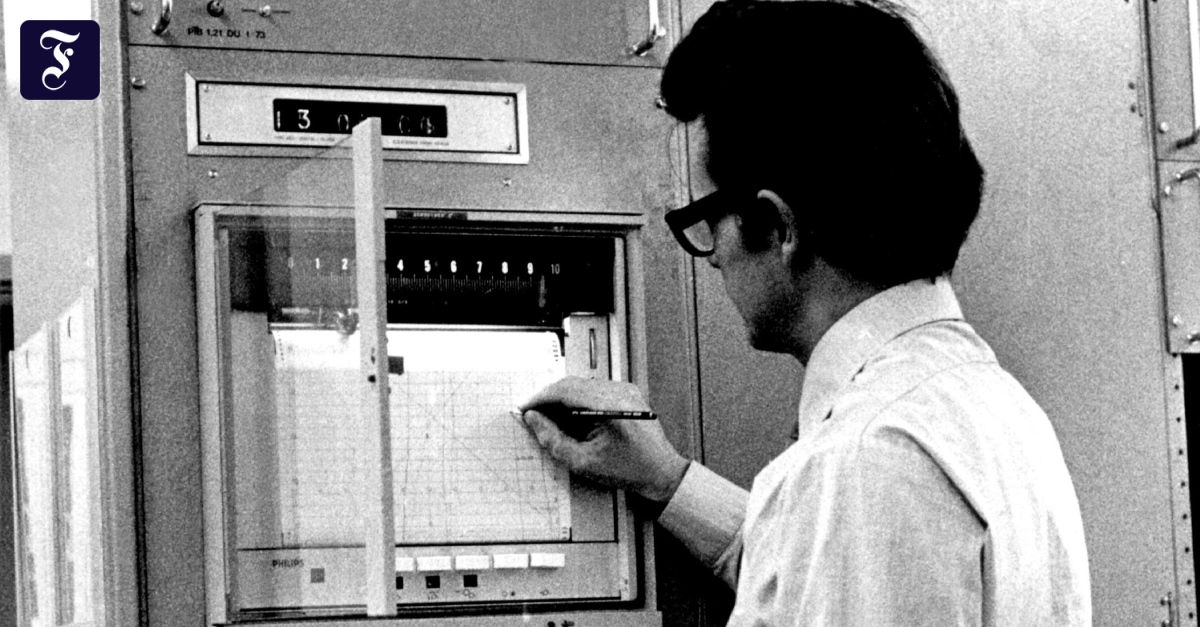A committee recently met in Versailles that spoke out in favor of nothing less than heralding in a new era.
But what the majority of delegates at the 27th General Conference for Measures and Weights is planning is unlikely to be noticed in everyday life.
It's only a matter of a few seconds in the time measurement.
In 13 years at the latest, according to the proposal, no more extra seconds should be added to the world time.
Although these leap seconds play almost no role in everyday life, they have long been a thorn in the side of operators of computer and telephone networks and satellite constellations.
Every time the day is extended by a leap second, these systems are in danger of failing because there is a risk that they will lose time synchronization.
Leap seconds have been around for 50 years.
On January 1, 1972, the first extra second was introduced.
Since then, world time has been extended by a total of 27 seconds.
In contrast to leap years, in which one day – February 29th – is added to our calendar every four years, the additional seconds occur completely irregularly.
On average, an extra second is added about every 21 months.
However, six years can also pass without such an increase in time, and in other years - for example 1972 - even two seconds are added.
Celestial mechanics make timing difficult
The reason for this irregularity lies in the laws of celestial mechanics.
Leap years are necessary because one orbit of the earth around the sun does not take exactly one calendar year, i.e. 365 days, but on average five hours and 49 minutes longer.
Even the ancient Romans recognized that this difference inevitably leads to shifts in seasons and calendars.
That is why Julius Caesar decreed in the year 45 BC in the "Julian calendar" named after him to introduce an additional day every four years.
With these regular leap years, it was possible to adapt the calendar better to the orbits of the earth.
However, complete synchronization could not be achieved with this.
By the end of the 16th century, the resulting error had become so great that the beginning of spring fell on March 11th and not on March 21st, as astronomically correct.
Pope Gregory XIII
therefore decided in 1582 to switch the corrections in the calendar differently.
There should still be a leap day in every year that can be evenly divided by four.
But not in the years that can also be divided by a hundred, i.e. in the years 1700, 1800 and 1900.
Except for those years that are also evenly divisible by 400.
Therefore, although divisible by a hundred, the year 2000 was a leap year.
With this new "Gregorian calendar", the earthly measurement of time was adapted to the events in the firmament for thousands of years.
However, Gregor's advisors could not have guessed that a good four hundred years later, time would no longer be measured by counting the oscillations of a mechanical balance wheel, but with atomic clocks.
Since 1967, the ticking of the second hand has been defined as the time that elapses before an atom of the isotope cesium-133 has completed exactly 9,192,631,770 oscillations.
The International Office for Weights and Measures in Sèvres near Paris coordinates the times of almost 450 atomic clocks in more than 80 countries - including those of the Physikalisch-Technische Bundesanstalt (PTB) in Braunschweig - to a "world atomic time".
High accuracy is a big problem
Atomic time is not only much more accurate than the clock provided by mechanical clockworks and quartz clocks.
With atomic clocks, scientists can also measure changes in the astronomically measured length of a day, i.e. variations in the speed of the earth's rotation, with extreme precision.
In fact, the earth does not revolve around itself as evenly as it orbits the sun.
Rather, the globe rotates wobbly like a raw egg turns on a tabletop.
The cause is similar: like an egg, the inside of the earth is liquid.

